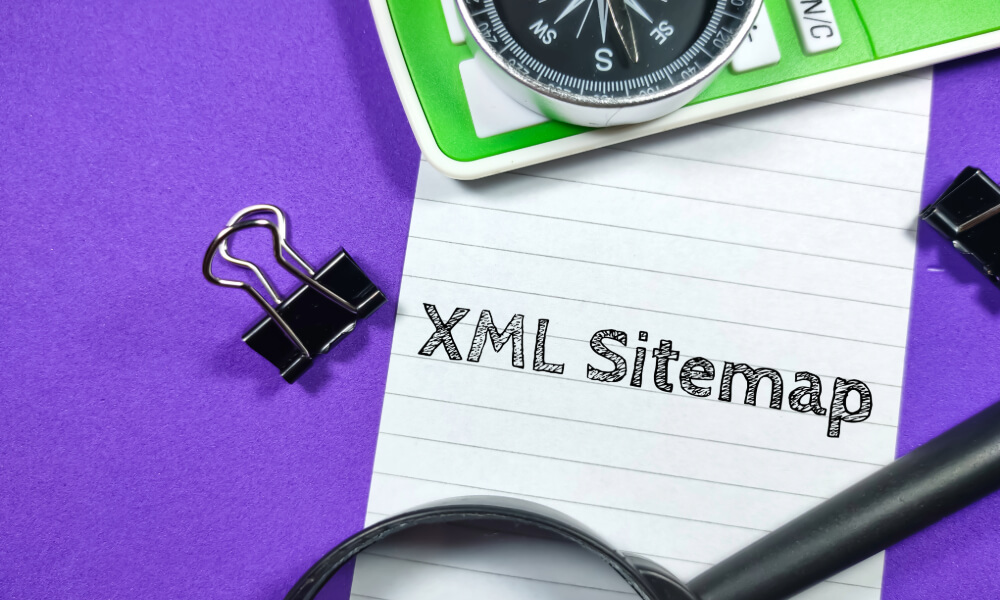Introduction
Did you know that over 90% of online experiences start with a search engine? This staggering statistic underscores the importance of ensuring your website is easily accessible to search engines, a concept known as crawlability. If your site isn’t crawlable, search engines like Google may struggle to index your pages, which can severely limit your visibility in search results.
Crawlability is a critical factor in SEO, impacting how well your content is discovered and ranked by search engines. In this comprehensive guide, we’ll dive into what crawlability is, why it matters, and how you can optimize your site to ensure it’s fully accessible to search engines.
What is Crawlability?
Crawlability refers to the ability of search engine bots (also known as crawlers or spiders) to access and navigate the pages of your website. When a search engine bot visits your site, it follows links to discover and index your content. If your site is easy to crawl, it’s more likely that all of your important pages will be indexed and ranked in search results.
Key Components of Crawlability:
- Internal Links: Links within your website that connect one page to another. Well-structured internal linking helps crawlers navigate your site more efficiently.
- URL Structure: A clean and organized URL structure makes it easier for crawlers to understand the hierarchy of your content.
- Robots.txt File: A file that provides instructions to search engine bots about which pages or sections of your site should not be crawled.
- XML Sitemap: A file that lists all the important pages of your site, helping search engines find and index your content.
Why Crawlability Matters
Crawlability is crucial for several reasons:
- Improved Search Engine Indexing: If search engine bots can easily crawl your site, they’re more likely to index all of your important pages, increasing your chances of ranking in search results.
- Better User Experience: A crawlable site often correlates with good navigation and structure, which enhances the user experience.
- Higher Visibility: With improved crawlability, your content is more likely to be discovered and ranked by search engines, leading to higher visibility and more organic traffic.
How to Optimize Crawlability
Optimizing your website’s crawlability involves a combination of technical SEO practices and strategic content structuring. Here are some key strategies:

1. Ensure a Clean URL Structure
A clean and logical URL structure helps search engine bots understand the organization of your site. Here’s how to create a crawl-friendly URL structure:
- Use Descriptive URLs: Include relevant keywords in your URLs to give both users and crawlers a clear idea of the page’s content. For example, use
yoursite.com/services/seo-consultinginstead ofyoursite.com/page1. - Avoid Dynamic Parameters: Minimize the use of dynamic parameters in URLs, such as
?id=12345, as they can confuse crawlers. - Maintain a Flat Hierarchy: A flat URL structure, where pages are only a few clicks away from the homepage, makes it easier for crawlers to access all content.

2. Optimize Your Robots.txt File
The robots.txt file is a simple text file located in the root directory of your site. It provides instructions to search engine bots about which pages should and shouldn’t be crawled.
- Allow Important Pages: Ensure that your robots.txt file isn’t accidentally blocking important pages from being crawled.
- Block Duplicate Content: Use robots.txt to block pages that might be considered duplicate content, such as printer-friendly versions of pages.
- Test Your Robots.txt: Use tools like Google Search Console to test your robots.txt file and ensure it’s working as intended.

3. Create and Submit an XML Sitemap
An XML sitemap is a roadmap of your website that helps search engines discover and index your content more effectively.
- Include All Important Pages: Ensure that your XML sitemap includes all relevant pages of your site, including new or updated content.
- Submit to Search Engines: Submit your XML sitemap to Google Search Console and other search engines to help them crawl and index your site more efficiently.
- Update Regularly: Keep your sitemap updated as you add new content to ensure search engines are aware of all your pages.

4. Leverage Internal Linking
Internal linking is one of the most effective ways to improve crawlability. By linking to other pages within your site, you help search engine bots discover and index more content.
- Use Descriptive Anchor Text: The anchor text (the clickable text in a hyperlink) should be descriptive and relevant to the page it’s linking to. This helps both users and crawlers understand the context of the link.
- Link to Deep Pages: Don’t just link to your homepage or top-level pages. Include links to deeper pages within your site to ensure they’re crawled and indexed.
- Avoid Broken Links: Regularly check for and fix broken links to ensure that crawlers can navigate your site without hitting dead ends.

5. Enhance Mobile Crawlability
With mobile-first indexing, Google primarily uses the mobile version of your site for indexing and ranking. Ensuring that your site is mobile-friendly is crucial for crawlability.
- Use Responsive Design: A responsive design ensures that your site adapts to different screen sizes, providing a seamless experience on all devices.
- Optimize for Speed: Mobile users expect fast-loading pages, and so do search engines. Optimize images, leverage browser caching, and minimize redirects to improve loading times.
- Test Mobile Usability: Use tools like Google’s Mobile-Friendly Test to ensure your site is easy to navigate on mobile devices.
Real-World Examples of Crawlability Optimization
Let’s take a look at how some leading websites have successfully optimized their crawlability:
- Amazon: With its vast product catalog, Amazon relies heavily on internal linking and a clean URL structure to ensure that all products are easily discoverable by search engines. The use of breadcrumbs and category pages helps crawlers understand the site’s hierarchy.
- Wikipedia: Wikipedia’s extensive internal linking structure allows search engines to crawl and index millions of pages efficiently. Every article on Wikipedia includes numerous internal links, helping both users and crawlers explore related content.
Common Challenges in Crawlability
While optimizing crawlability is crucial, it’s not without its challenges. Here are some common issues and how to overcome them:
1. Crawl Budget Issues
Crawl budget refers to the number of pages a search engine will crawl on your site within a given timeframe. Large websites or sites with many duplicate pages can exceed their crawl budget, leading to important pages being overlooked.
Solution: Prioritize important pages in your sitemap and use robots.txt to block less important or duplicate content from being crawled.
2. Duplicate Content
Duplicate content can confuse search engines and lead to indexing issues. This is particularly common on e-commerce sites with similar product pages.
Solution: Use canonical tags to indicate the preferred version of a page and block duplicate pages from being crawled using robots.txt.
3. Poor Site Structure
A disorganized site structure can make it difficult for crawlers to find and index your content, leading to poor search engine rankings.
Solution: Ensure a logical and hierarchical site structure with clear paths from the homepage to deeper pages. Use internal linking to guide crawlers through your site.
Conclusion
Crawlability is a fundamental aspect of SEO, directly impacting how well your content is indexed and ranked by search engines. By ensuring that your site is easy to crawl, you can improve your visibility in search results, attract more organic traffic, and ultimately achieve better business outcomes.
At Digital Roots Media, we specialize in optimizing websites for maximum crawlability and search engine performance. Ready to take your site’s SEO to the next level? Contact us today to learn how we can help you ensure your site is fully accessible to search engines.




